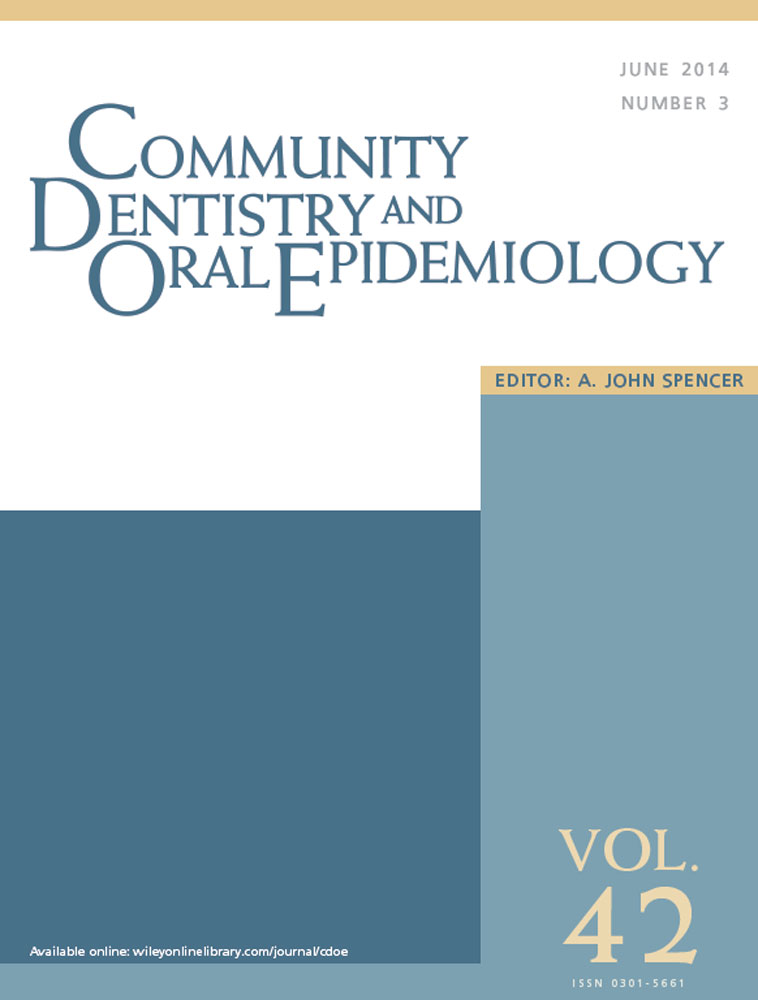Community-based oral health promotion practices targeted at children and adolescents in Finland – developing an assessment tool
Abstract
Objectives
To develop an assessment tool for evaluating oral health promotion practices and to evaluate community-based oral health promotion practices targeted at children and adolescents with this tool.
Methods
A theoretical framework about health promotion planning, implementation and evaluation was made on the basis of a literature review. Then, information about Finnish community-based oral health promotion practices (n = 12) targeted at children and adolescents was collected using semi-structured interviews. Also, related documents, for example action plans and reports, were collected when available. Next, an assessment tool based on the theoretical framework was developed, and the recorded and transcribed interview data and other documents were evaluated with this tool.
Results
The assessment tool proved to be practical: it pointed out the strengths and weaknesses of the practices. The tool revealed strengths in the implementation and deficiencies in the planning and evaluation of oral health promotion practices. One-quarter of the 12 practices assessed could be considered ‘good practices’.
Conclusions
There is a need to improve the planning and evaluation of oral health promotion practices. The assessment tool developed in this study might be useful for practitioners both in the field of oral health promotion and general health promotion.




